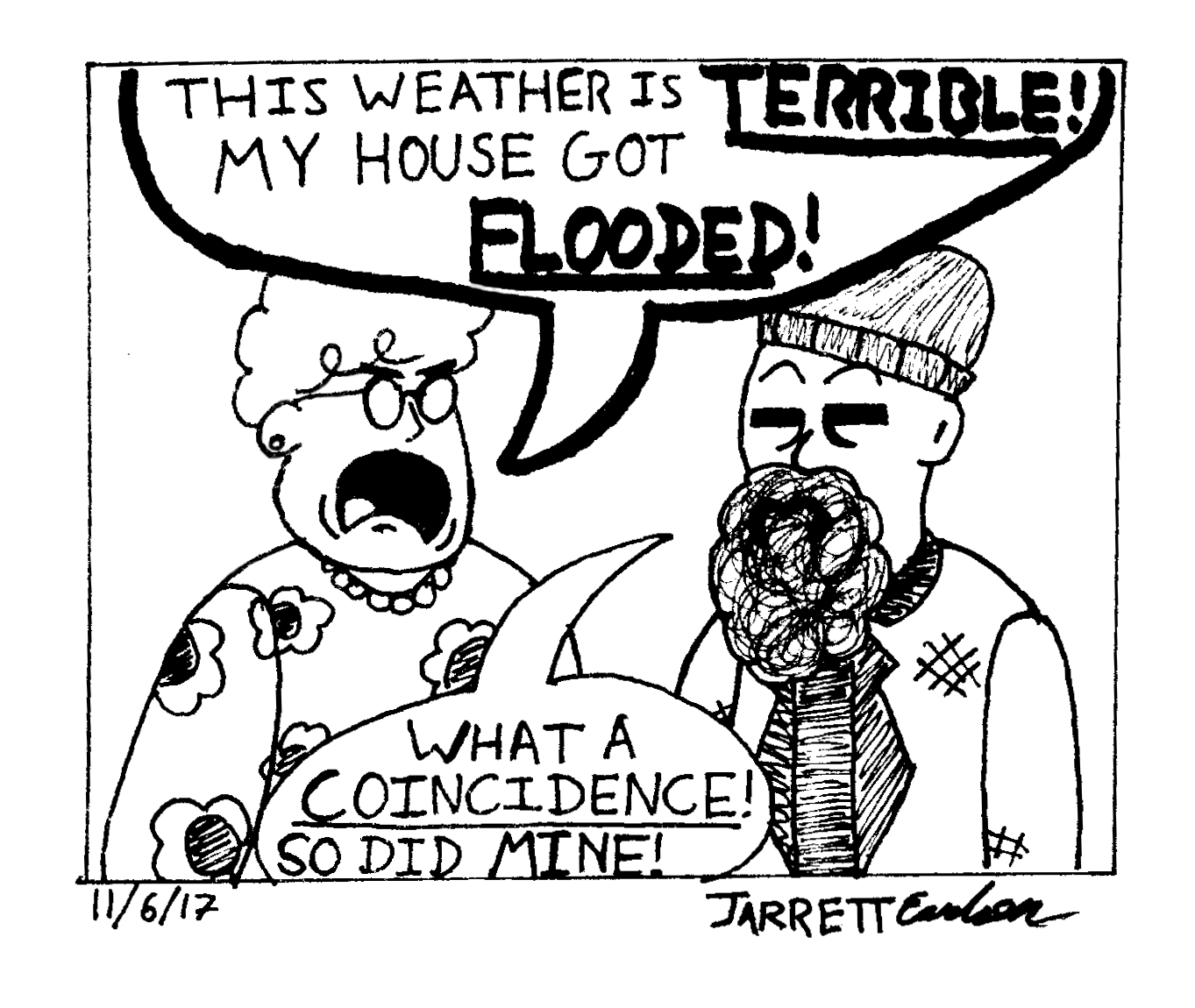During a month in which the autumn leaves capture the eye of tourists and citizens alike, an overwhelming amount of rainwater reaching one’s ankles accumulated throughout Boone.
On Oct. 23, a historically catastrophic flood occurred in Boone, affecting both citizens and students; apartments were flooded, assets were destroyed and lives were put in danger.
According to the Watauga Democrat, Boone Fire Department Marshal Taylor Marsh, after speaking with and seeing several businesses throughout the Boone area and the amounts of floodwater that affected their buildings, said that the flooding was some of the worst damage Boone has ever seen.
The Watauga Democrat also stated the findings of Boone Assistant Fire Chief Mike Teague that the flooding observed on Oct. 23 was close to the level found during Hurricane Hugo in 1989. So much rain fell in such a short period of time that it had nowhere to go except to remain stagnant.
Something must be done for the citizens of Boone and the students attending Appalachian State to not always be in a state of fear whenever an excess amount of rain hits the town.
After the weather event that unfolded, the town of Boone has been working to potentially put together storm drainage plans to prevent any more suffering of its citizens so that this does not have to become an epidemic.
John A. Ward III, Boone Town Council’s town manager, has a vital overall say in storm drainage planning for Boone.
“I supervise and coordinate with all departments in the town of Boone and specifically those involved with this issue, including Planning & Inspections and Public Works,” Ward said. “I also prepare and submit the annual budget that would identify funds for improving stormwater infrastructure.”
An updated stormwater system for the town would ultimately make sure that the proper engineer work can be done to ensure that future and present development work being done throughout the town does not jeopardize the community’s overall safety.
However, the solution cannot come without a price or two.
“Costs is one of the first obstacles. These types of studies and plans often rely on outside consulting engineers who are trained in the specifics of hydrology,” Ward said. “Time is also another obstacle. Through changing conditions due to changing development, dedicated staff are required to keep accurate records so that information obtained in studies is kept up to date. The information obtained then must be utilized when developing a list of priority capital improvement projects and budgets.”
The cost and time being factors of the hindrance of a storm drainage project are legitimate to a degree, but they are also a bit puzzling.
Though pricey, isn’t it more of a beneficial investment for the people of Boone to be able to prosperously reside within their own town? Is there not enough time to set aside to make sure the possessions and lives of those that live here are never put at risk again by a heavy rainstorm?
Nevertheless, because this is such a complex and careful project, there are several Boone departments involved in the conversation to make sure that some sort of plan is hopefully put into effect in the near future.
According to Ward, the Administration, Finance, Planning and Inspections, Public Works, police and fire town departments are involved in the process.
Though other price factors would follow the implementation of a stormwater drainage project, such as ongoing maintenance and infrastructure updates, this is hopefully a project that is receiving a lot of focus by the town council, as well as Appalachian State.
It should not have to take another heavy rainfall to put the town in a state of danger for something to be done about it, whether it be another apartment complex flooded, another car destroyed, or a life potentially lost.
Christina Beals is a sophomore broadcast journalism major from Cary, North Carolina. You can follow her on Twitter at @Christinalala_
Cartoon by: Jarret Carlson, Cartoonist

